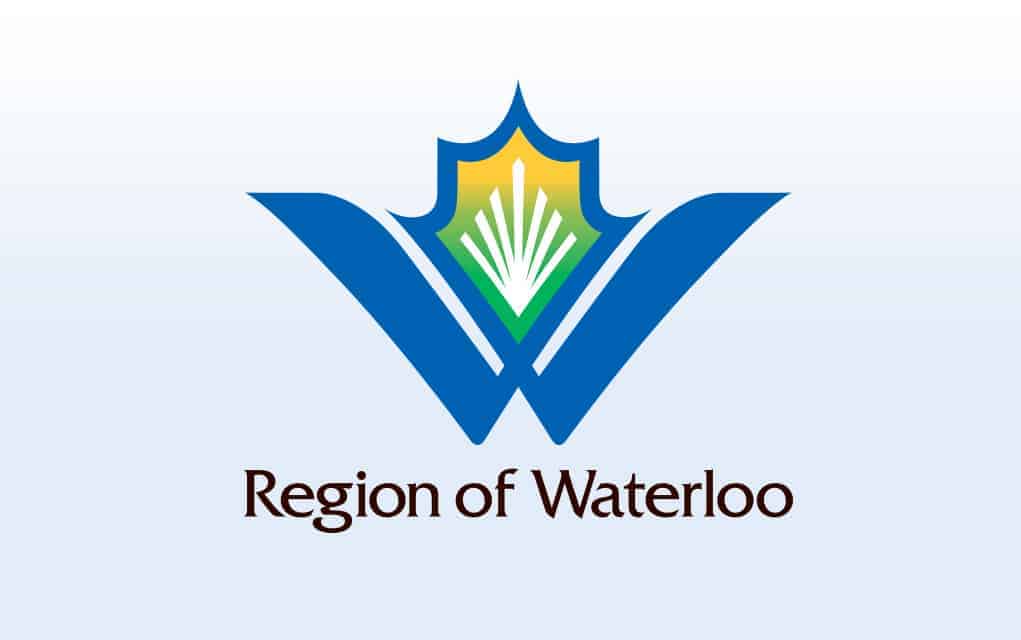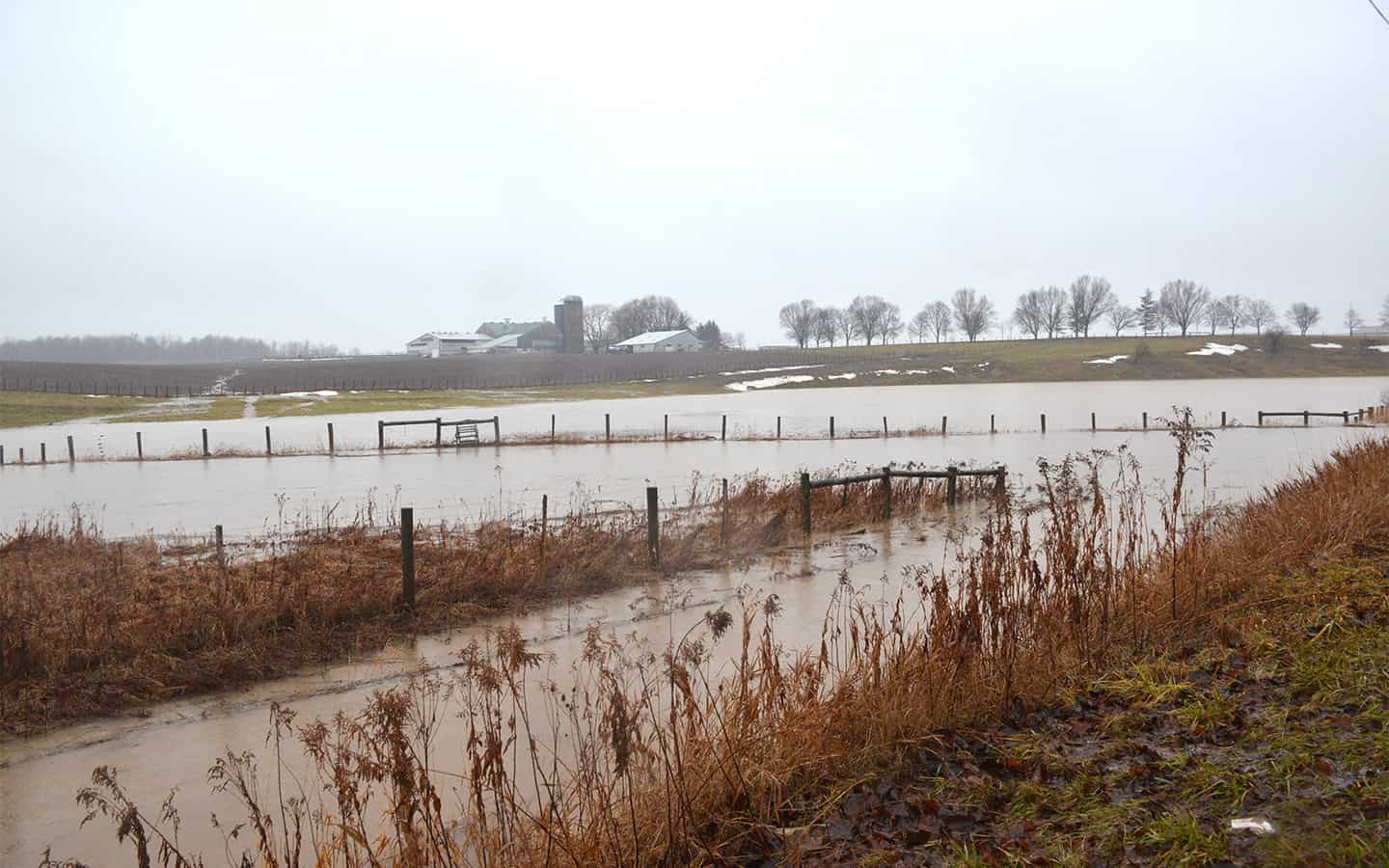Planting trees remains Woolwich’s priority in rolling out a 0.5 per cent greening levy on property taxes again this year. How much more the township will do to reach its goal of reducing carbon output by 20 per cent in the next decade remains up in the air.
Councillors meeting Tuesday night seem divided on efficacy of the likes of solar panels and switching over to electric vehicles.
Director of recreation and community services Ann McArthur proposed a number of options, all currently unfunded, to augment the township’s climate action plan. The list includes a solar wall to help heat the pool at the Woolwich Memorial Centre ($50,000), $100,000 for water conservation projects and motion sensors on light switches ($10,000).
There’s no money earmarked for such projects, meaning a further tax hike – the current proposal is for five per cent in 2020 – or finding places to cut elsewhere would be necessary to proceed with some of them.
That would be in addition to the current green levy, which at 0.5 per cent raises some $53,000. Most of that money is earmarked for planting trees as the township looks to increase the tree canopy, hindered by the loss of many ash trees to the emerald ash borer.
Having declared a climate emergency, Woolwich should be taking more tangible steps to mitigate its greenhouse gas emissions, argued Coun. Scott McMillan.
“If we are in an emergency, and I think we are, then we have to show some leadership.”
He advocated for a “triple bottom line” in judging project: not looking at just the financial implications, but the social and environmental impacts.
Coun. Patrick Merlihan, however, recommended the township choose practical, workable ideas, ones that have a visible impact.
“We’re not going to save the world with any of these projects, but we have to get started,” he said.
He and others recommended any additional green projects be run through a cost-benefit analysis to ensure good use of limited tax dollars.
Merlihan suggested looking for money elsewhere in the budget to fund climate-change projects, though McMillan proposed raising taxes to help cover the costs.
“I’m prepared to increase the general levy,” he said, garnering no support.
Coun. Larry Shantz countered it was too “premature” to make that kind of increase given that council hasn’t made many decisions on the current draft of the budget.
“I’m concerned about the increase we already have,” he said of the five per cent tax hike being proposed.
McArthur noted conservation projects would pay dividends, reducing heating, water and electrical costs in the township’s facilities. The biggest source of greenhouse gas emissions is natural gas for heating the township’s buildings, followed by fuel burned in vehicles.
In addition to its own funding, the township plans to use provincial money to add an electric vehicle, probably an SUV, to its fleet at cost of $50,000, as well as $53,000 for electric vehicle charging stations in Elmira and St. Jacobs, though councillors had some reservations about increasing the fleet.
“An addition means extra costs down the road,” said Shantz.
He added that electric vehicles aren’t always a better choice when you factor in the greenhouse gases and other environmental hazards associated with mining, manufacturing and eventual disposal of the batteries that fuel electric cars.
Coun. Murray Martin stressed that individual actions can make a difference in reducing the impact on the environment, he said, noting he’s planted trees, reduced electrical consumption, water and even fuel for his car.
“We each have responsibility to do something – that’s the challenge.”
Council is set to meet again tonight (Thursday) for the last of the scheduled public budget sessions as they try to get a handle on greening projects as part of the overall budget. The tax rate increase is still targeted at five per cent, which includes the 0.5 per cent greening levy and a 1.5 per cent special levy for infrastructure projects.









